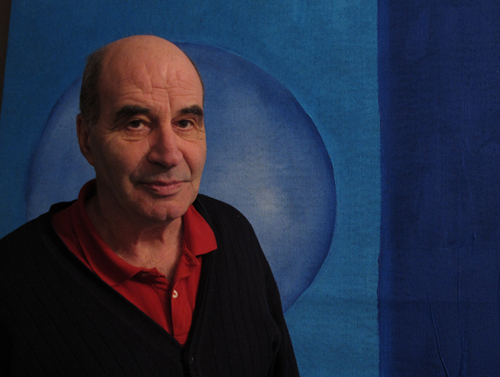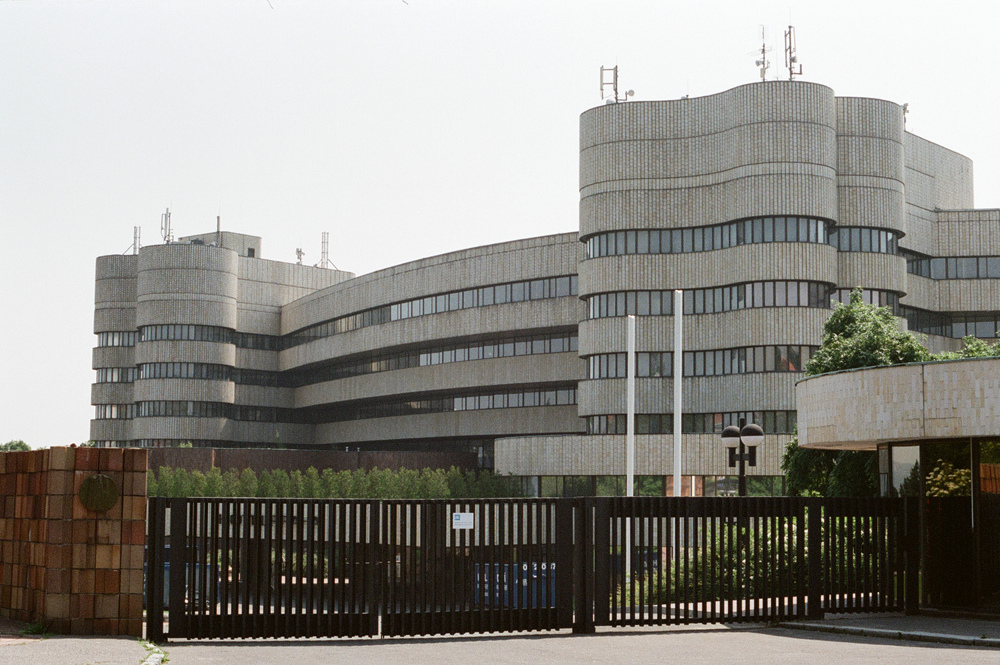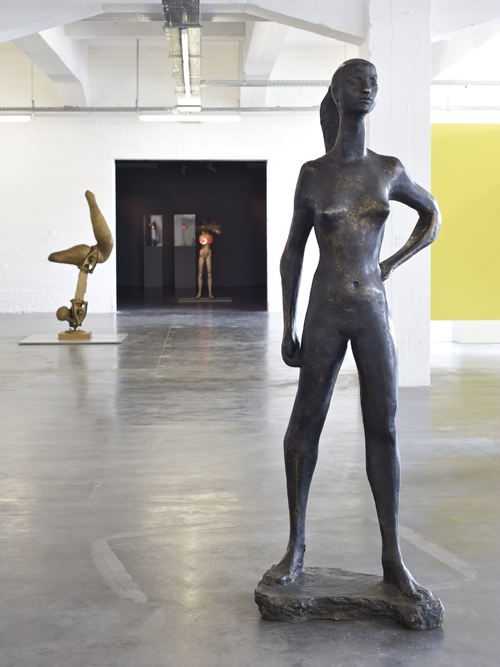The OHO Files: Interview with Marko Pogačnik
ARTMargins Online publishes exclusive interviews with former members of the Ljubljana-based OHO Group, which formed in the late 1960’s and consisted of Milenko Matanovi?, David Nez, Marko Poga?nik, and Andraž Šalamun. It belonged to the wider Slovene OHO Movement and regularly collaborated with this wider circle of intellectuals and artists.
Marko Poga?nik (born 1944) graduated from the sculpture department at the Ljubljana Academy of Fine Arts in 1967. He was an active member of the OHO Movement and the OHO Group. In 1971, together with his family and friends, he founded a rural and artistic community, the “Šempas Family” in … Read more









